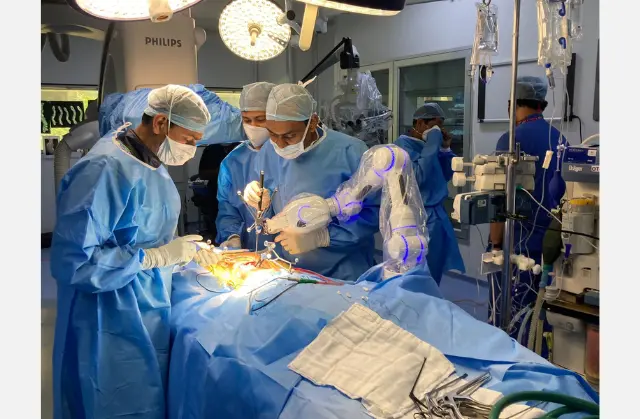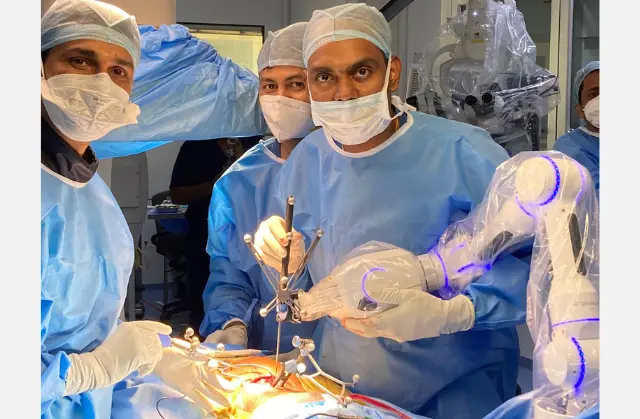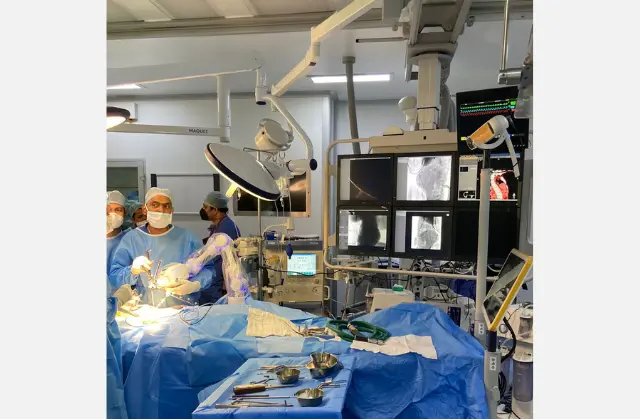What is Scoliosis?
Scoliosis is the term used to describe the condition when the spine appears bent sideways, instead of maintaining a straight alignment when viewed from the back or front.

What are the types?
Based on age
- Early onset < 10years
- Adolescent
- Late onset or Degenerative scoliosis.
Based on the location
- Thoracic
- Lumbar/Thoracolumbar scoliosis
- Cervicothoracic Scoliosis.
Based on the cause
- Idiopathic
- Neuromuscular
- Congenital
- Degenerative
- Syndromic.
Understanding the types of scoliosis is key in deciding various managemet options.
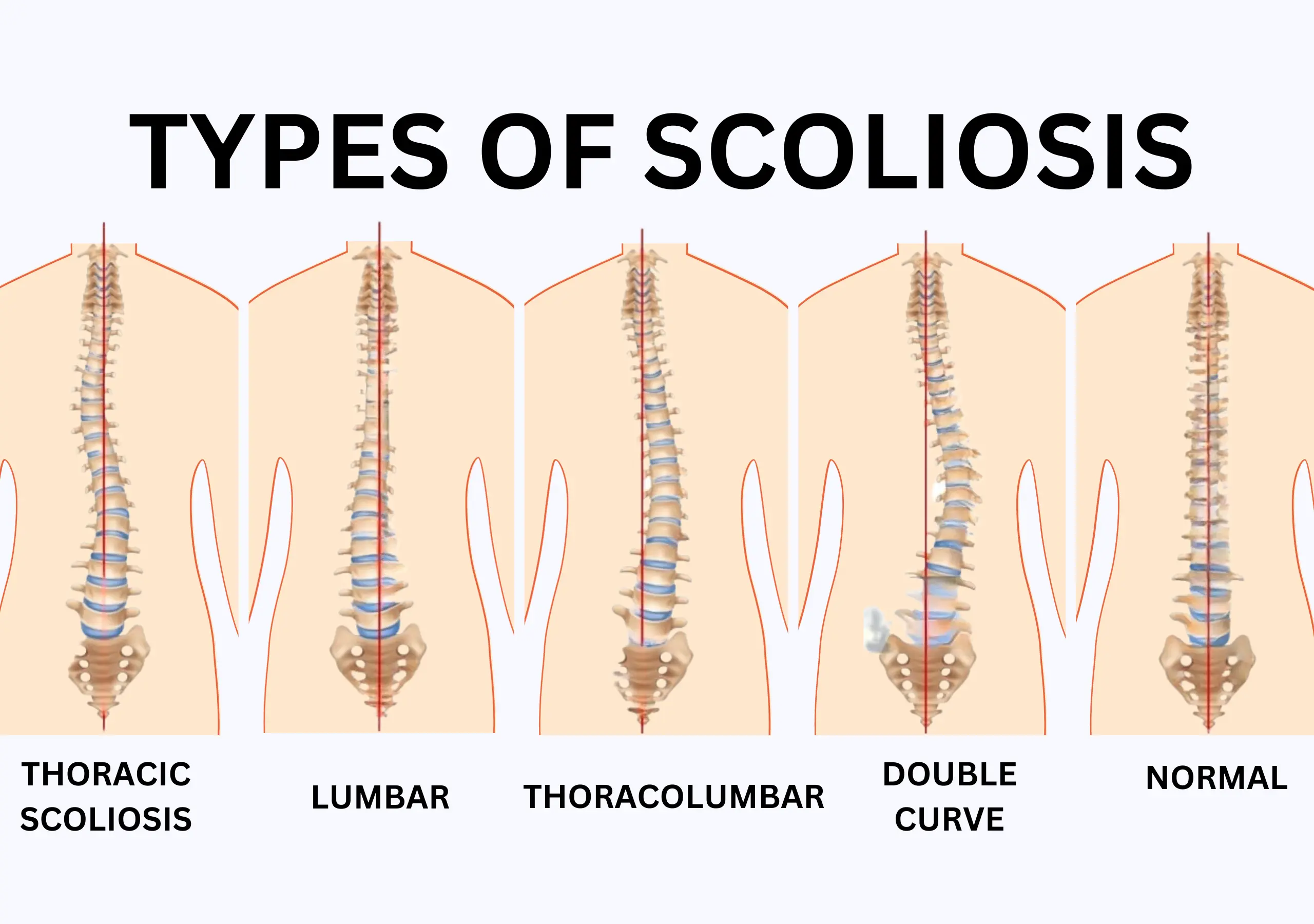
Which Scoliosis is common?
Idiopathic Adolescent Right thoracic scoliosis is a prevalent form of scoliosis observed in children, primarily affecting girls. Conversely, the Degenerative Lumbar scoliosis is the typical type found in the elderly population.
What is Cobb angle?
The measurement of the curvature of the spine, known as scoliosis, is determined by the Cobb angle. This angle is obtained from a standing X-ray of the spine, specifically the PA view, from one vertebral end to another and is crucial in making treatment decisions.
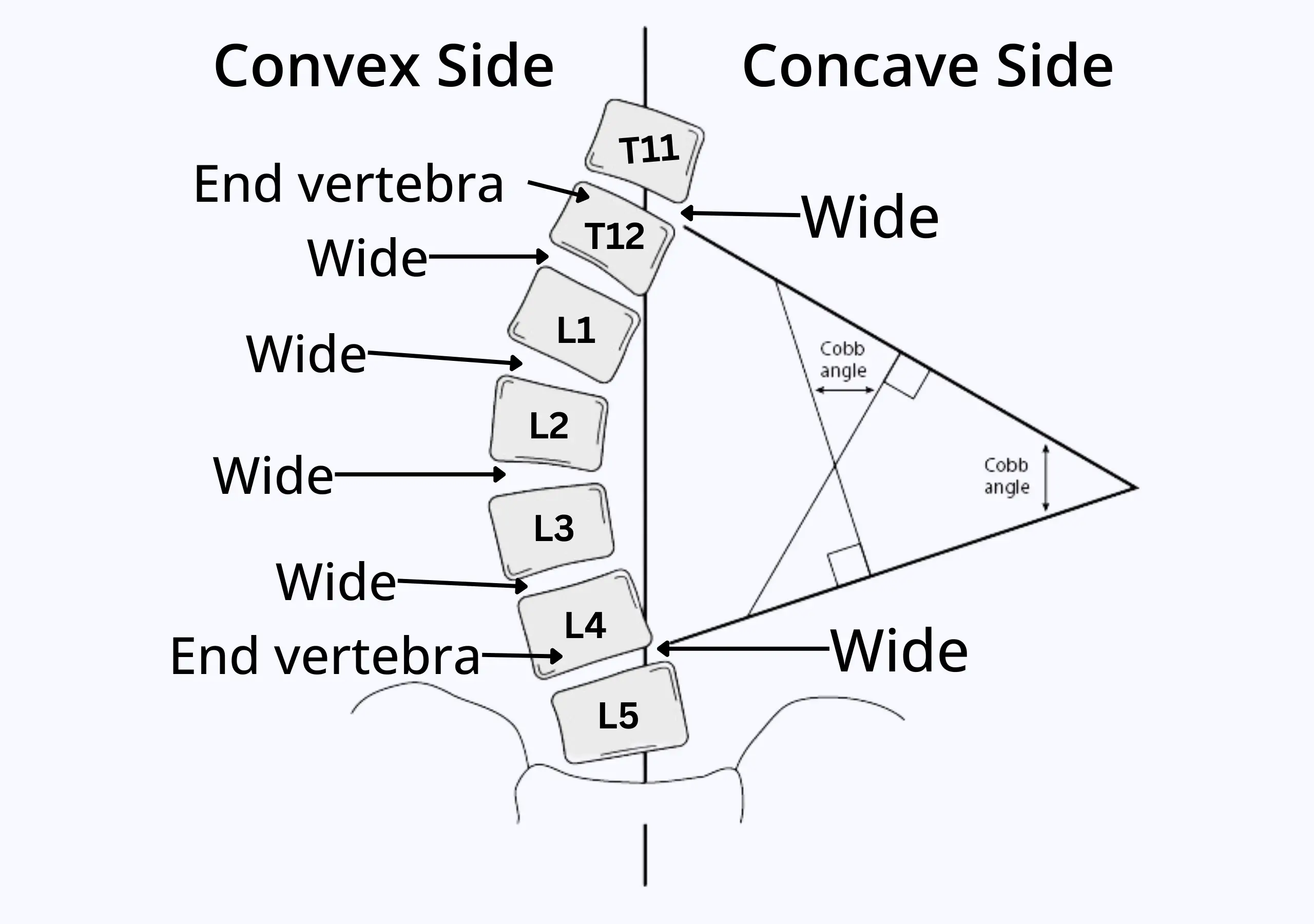
What is the treatment?
The course of treatment is determined by multiple factors, but typically, if the curvature is below 45 degrees, it necessitates bracing, posture modification, exercise, and other similar measures. Conversely, if the curvature exceeds 45 degrees, scoliosis correction surgeries are usually required.
I) Adolescent Idiopathic Scoliosis
The prevalent form of scoliosis typically manifests during adolescence in females, although it may also arise earlier (known as early onset scoliosis). The etiology of this particular type of scoliosis remains unknown. During the child’s growth spurt, they will appear mostly normal, but will eventually develop physical abnormalities such as rib hump, shoulder imbalance, and waist asymmetry around the time of menarche. This type of scoliosis is not typically associated with any other symptoms such as back pain or radiculopathy.
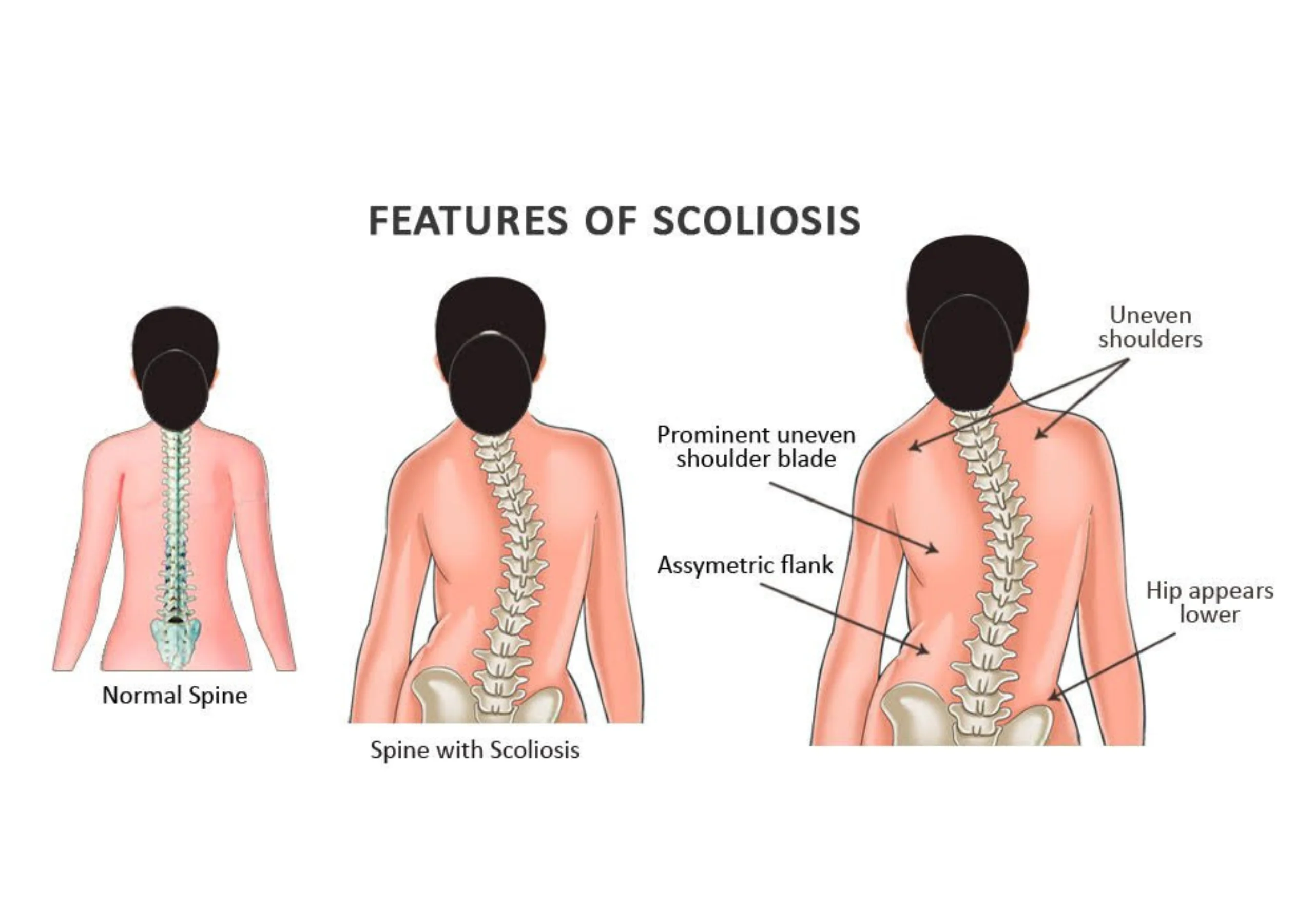
The MRI of the spinal cord and bony structures will exhibit normal findings, with the exception of the scoliotic curvature. An effective screening test known as the Adam forward bending test can detect this condition at an early stage. By instructing the child to perform forward bending until the knees, one can observe the presence of a rib hump. A positive result, indicated by a Cobb Degree greater than 20, necessitates further evaluation through X-ray imaging.
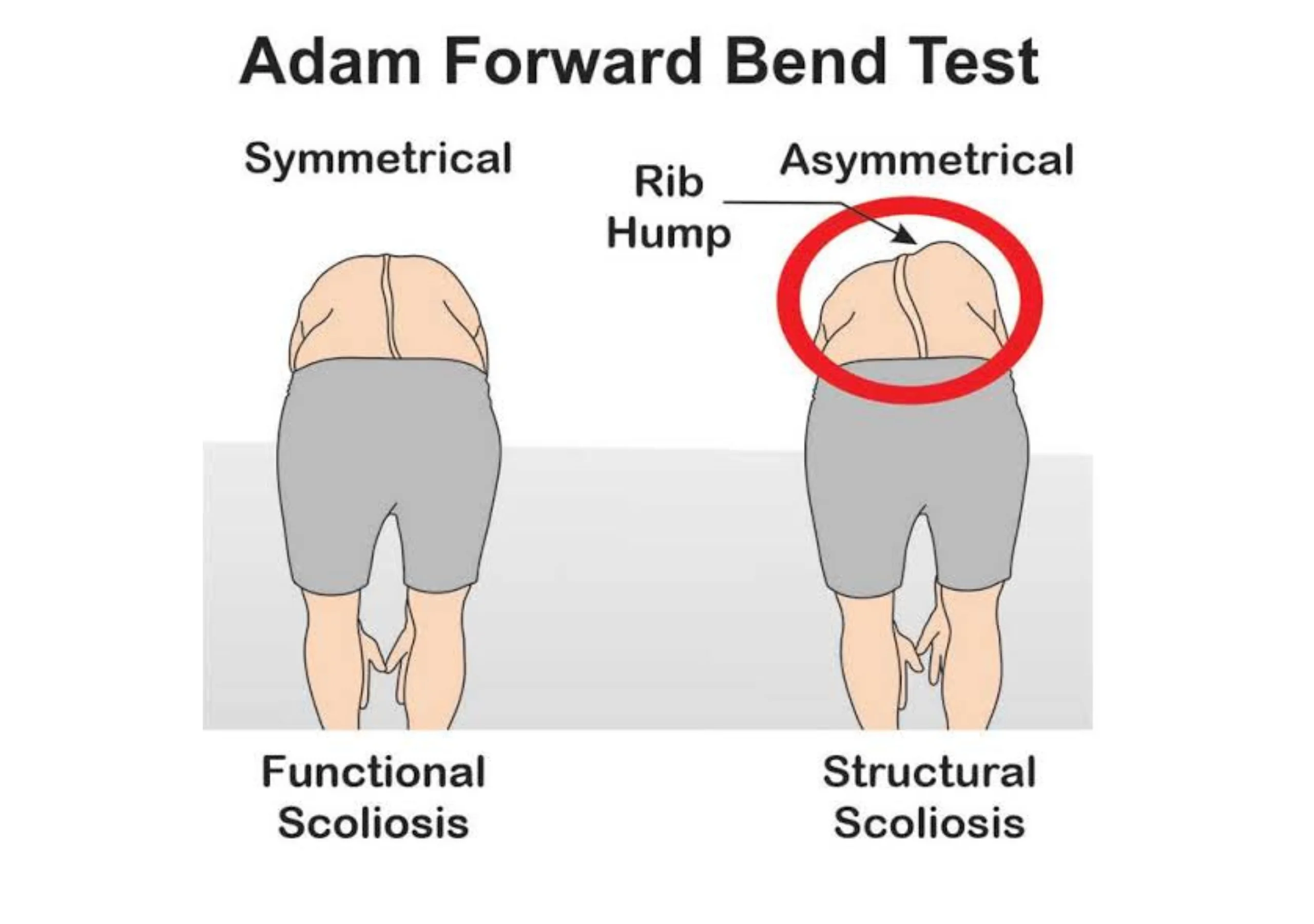
Classified based on Lenke classification and treatment is based on degree of curve and age of onset.
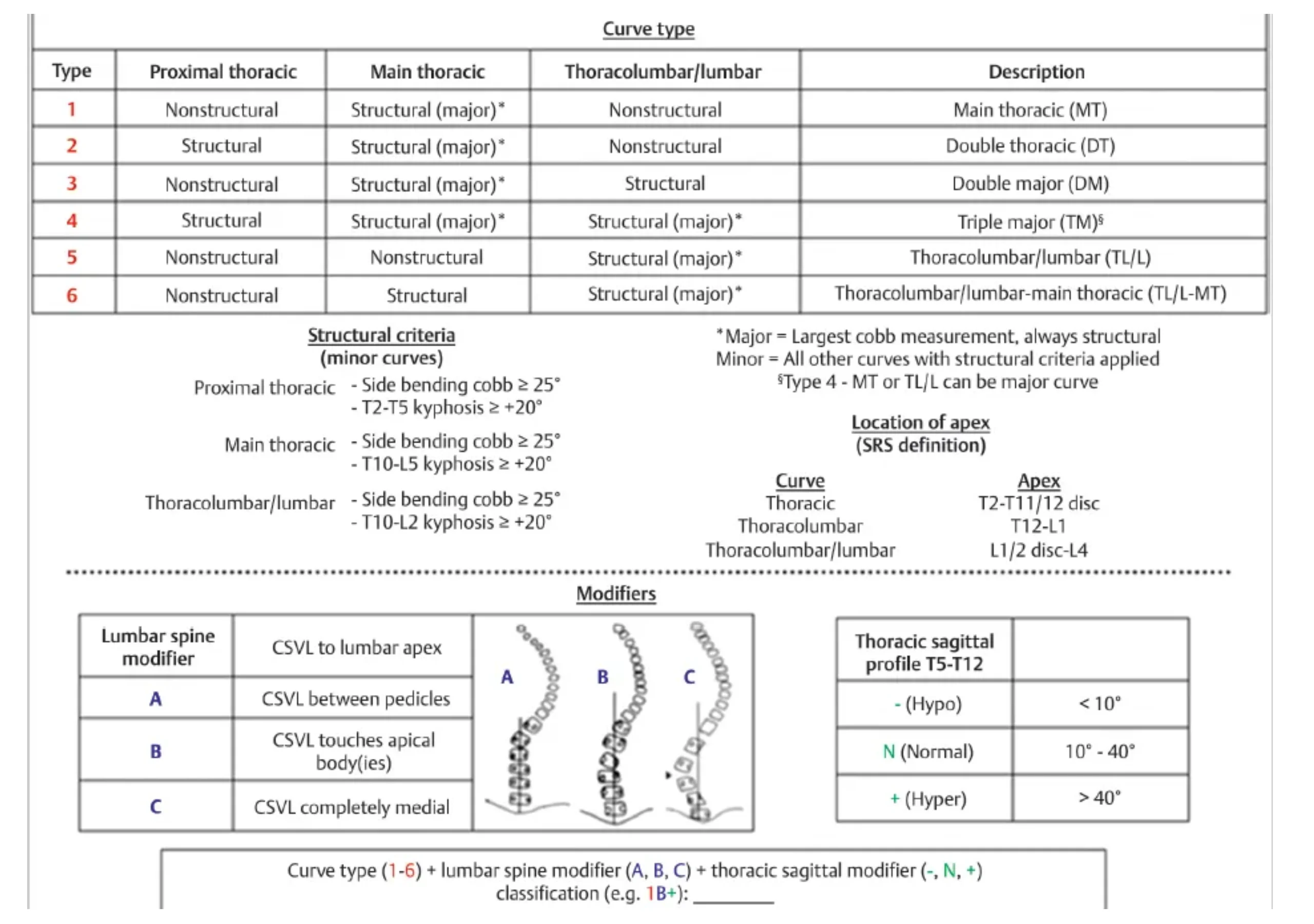
Myths & Facts –
The absence of a genetic link, the non-influence of carrying school bags, and the lack of association with poor posture indicate that this condition does not arise from these factors. Furthermore, it does not resolve naturally with growth; instead, it tends to worsen with age.
To effectively manage scoliosis that develops in individuals before menarche, bracing methods such as the Boston brace or Milwaukee brace have been established as the sole verified solution. While activities like exercises, swimming, and yoga may offer potential benefits, their effectiveness remains unproven.
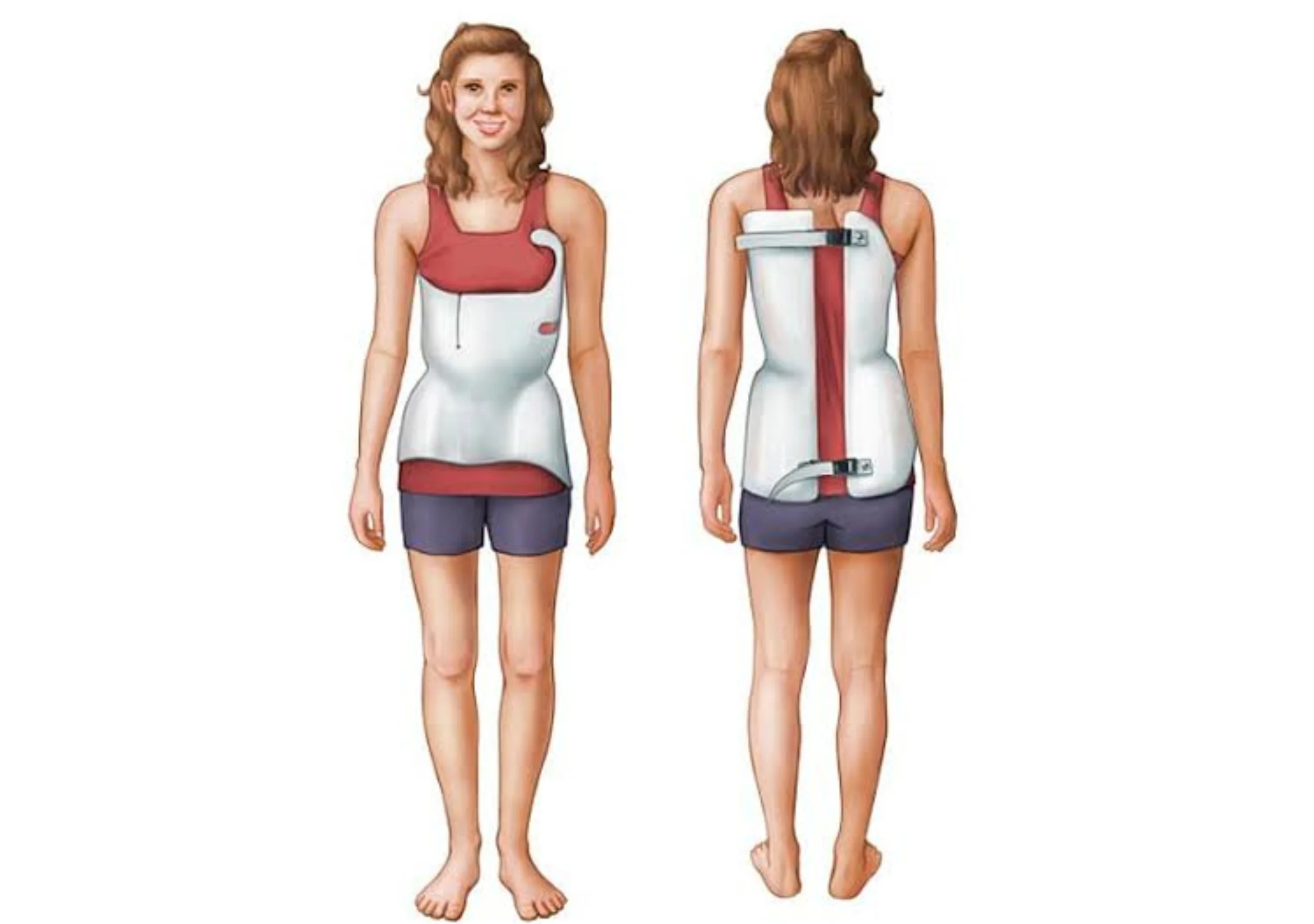
Surgical intervention is indicated to rectify deformity, halt progression, prevent premature degeneration, and mitigate cardiopulmonary compromise. It is advisable for curves exceeding 45 degrees, as such curves persistently increase by 1 degree annually even after skeletal maturity.

II) Congenital scoliosis
Secondary to bone anomalies present from birth, such as absent vertebra or fused vertebra, abnormal growth occurs. Examples of these anomalies include hemivertebra and segmental bar.
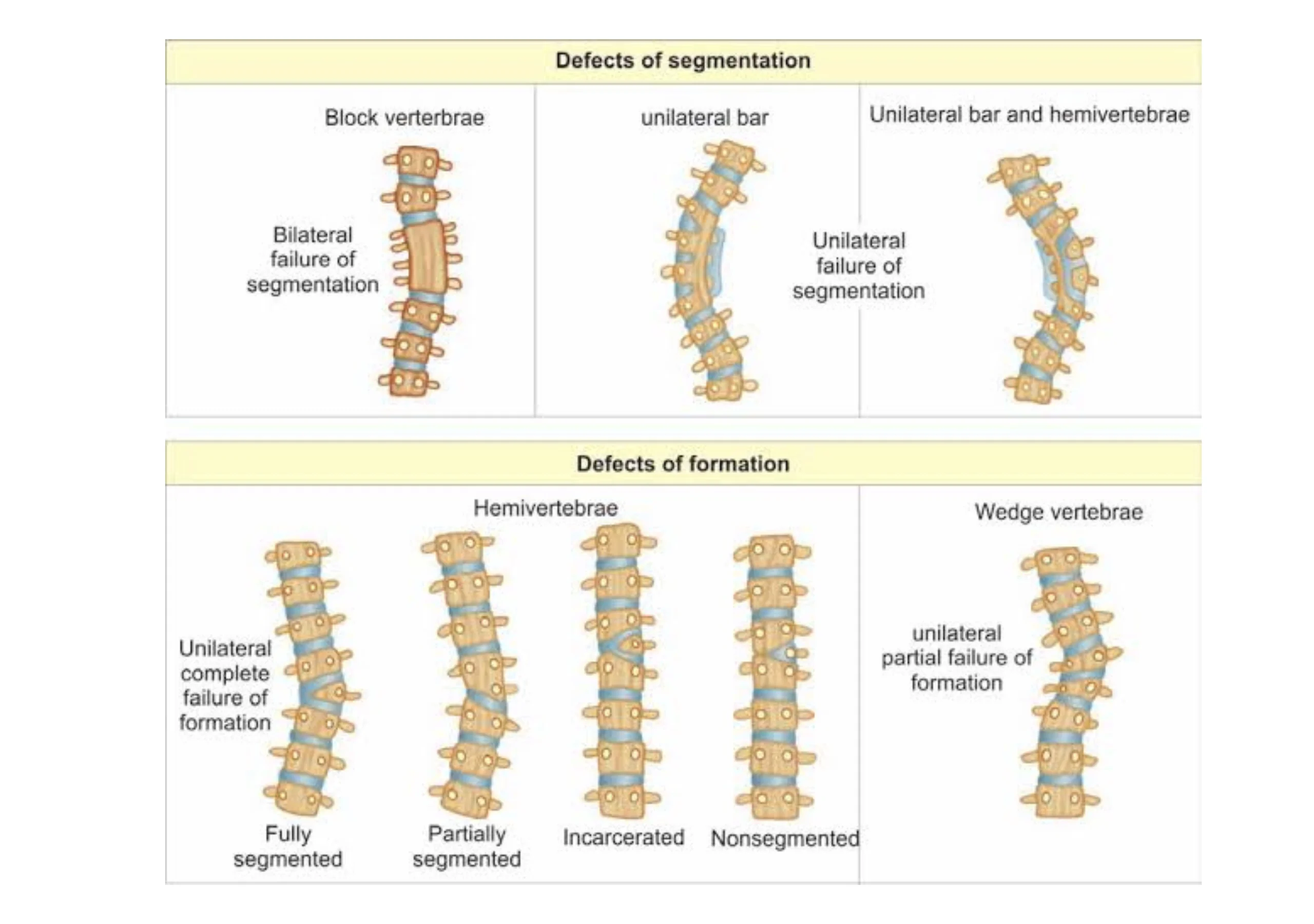
Scoliosis can manifest at any point in life, depending on the underlying bone abnormalities, and may also remain without symptoms. To identify spinal cord abnormalities that are prevalent in this type of scoliosis, such as Diastematomyelia, tethered cord, meningomyelocole, Arnold chiari malformations, syrinx, etc., an MRI spine should be conducted.
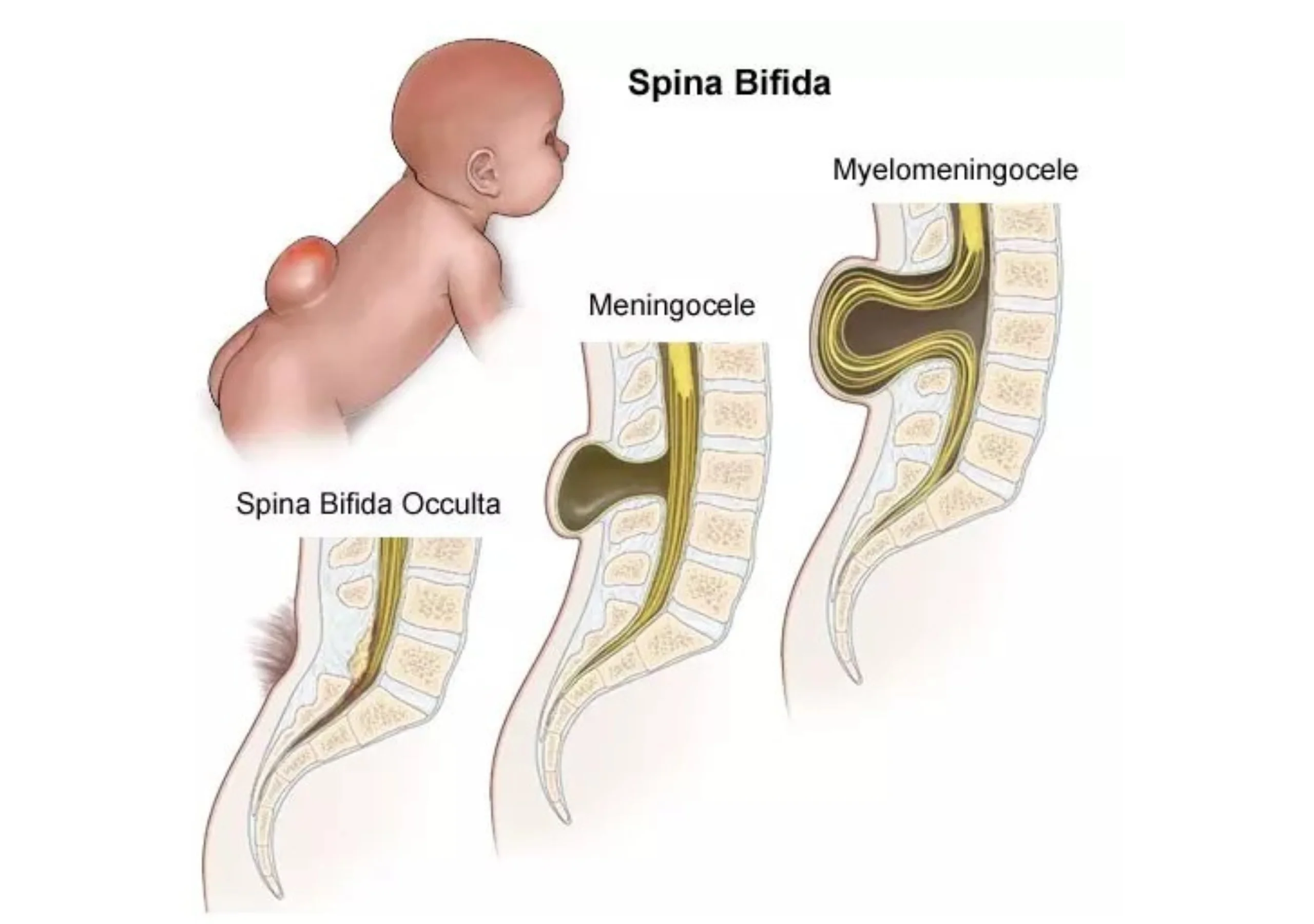
The management of spinal cord malformation and Scoliosis necessitates various interventions such as detethering of the spinal cord, decompression of the foramen magnum, and surgical procedures. Bony procedures like Hemivertebrectomy are reserved for patients who are at an early age and have a high likelihood of developing or worsening scoliosis. This surgical procedure involves the removal of half a vertebra, which is then secured with screws and rods.

In cases where scoliosis is detected at a later stage and growth potential is no longer present, passive fusion is employed. This procedure involves correcting and fusing the scoliotic curvature, similar to the standard approach used for scoliosis cases exceeding 45 degrees.
III) Neuromuscular scoliosis
The spinal muscles play a crucial role in maintaining the upright position of the spine. When these muscles weaken, it can lead to the development of a condition known as Neuromuscular scoliosis, characterized by an abnormal curvature of the spine. Several factors can contribute to the occurrence of Scoliosis, including cerebral palsy, Polio, Spinal muscular atrophy, Spinal cord tumors, Duchene muscular dystrophy, and different types of muscular dystrophies.
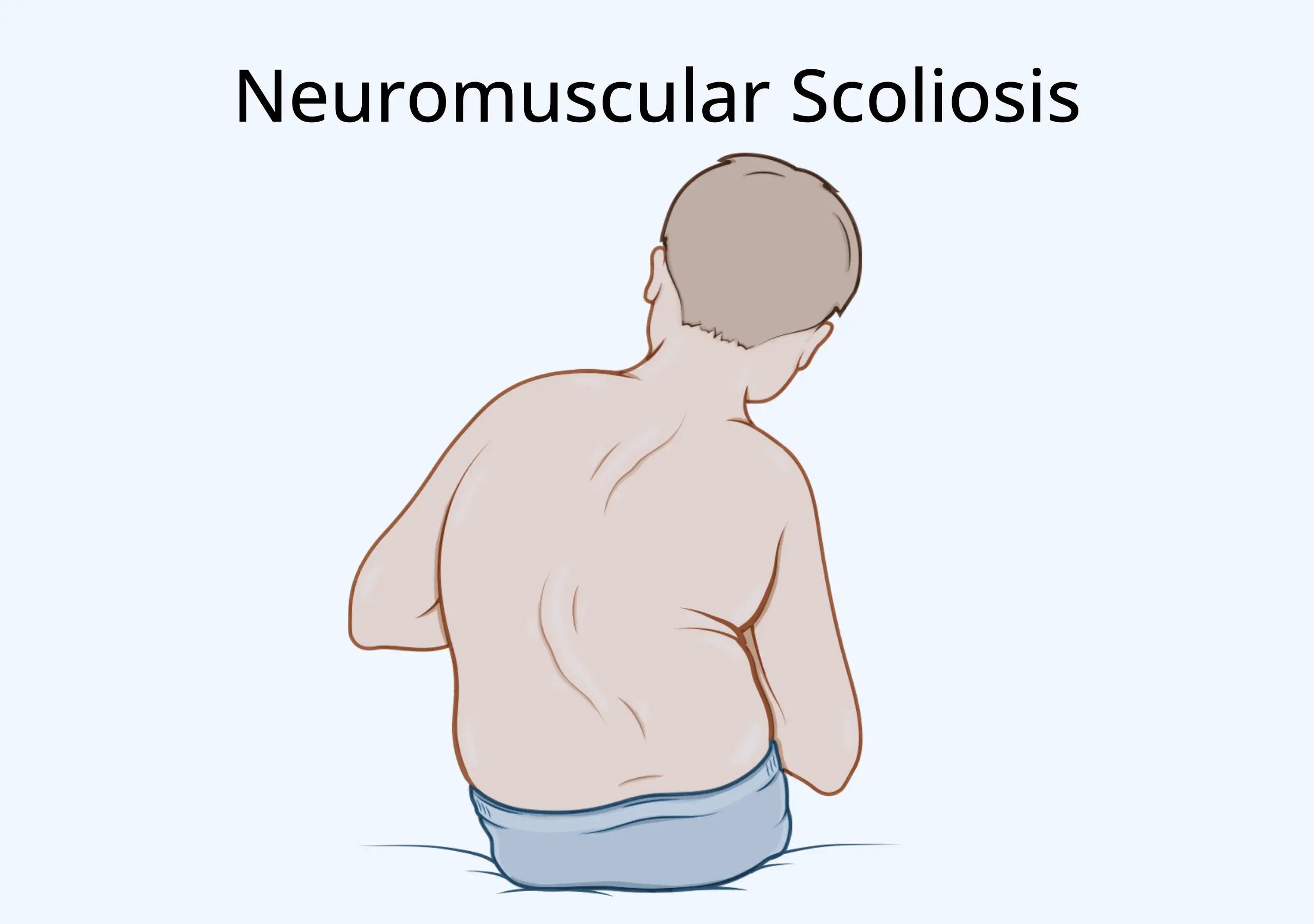
The typical C-shaped curves, which are elongated, span from the Upper thoracic spine to the lower lumbar level. In order to attain spinal balance while sitting, surgical intervention is necessary for these individuals, particularly those who are unable to walk. The preferred method of treatment typically involves T2-Pelvis fixation.
IV) Degenerative scoliosis
Scoliosis that occurs in elderly females is typically attributed to spinal degeneration resulting from age-related wear and tear of bones and joints. The lumbar spine is particularly susceptible to this type of degeneration, making lumbar scoliosis a more prevalent occurrence. Symptoms of this condition may include back pain, as well as neurological issues such as radiculopathy, claudication, or neurological deficits.

The development of scoliosis is attributed to the degeneration process that begins in the lumbar disc and advances to the Facetal joints, resulting in a decrease in disc height, disc prolapse, facetal hypertrophy, ligamentum flavum hypertrophy, and other related conditions that lead to lumbar canal stenosis. Asymmetrical facetal hypertrophy and osteoporosis are the primary causes of scoliosis in this particular type.
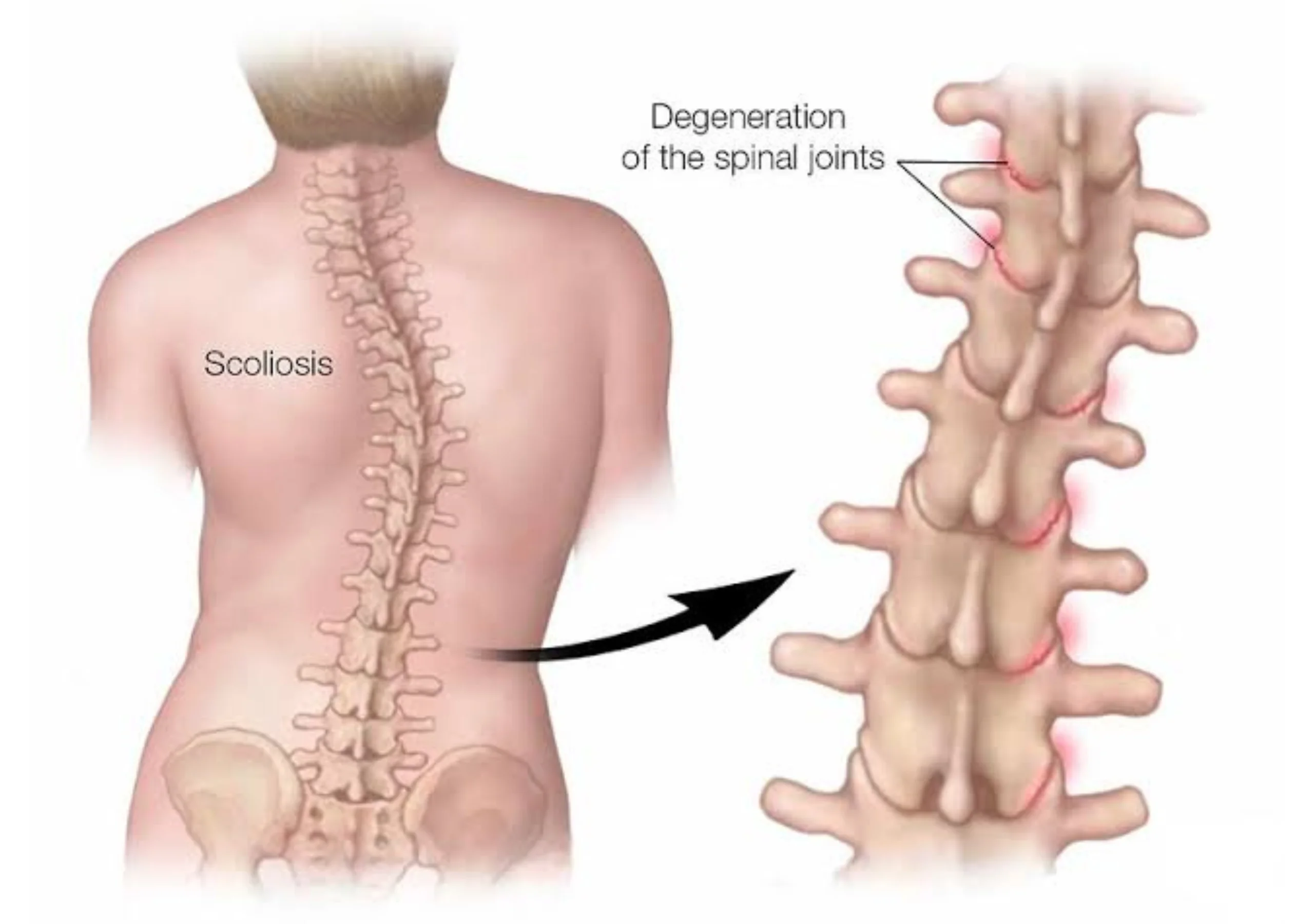
The treatment approach is determined by the prevailing symptoms and may range from conservative physiotherapy, medication, pain-relieving injections, microscopic decompression, focal stabilization and decompression, to deformity correction and fusion, among others.
Why Dr Ramachandran –
Dr Ramachandran has Specialized training worldwide dedicated to the treatment of Scoliosis. The crucial aspect of scoliosis surgery, according to him, is meticulous planning. This ensures that the patient achieves the utmost advantage in terms of flexibility while minimizing the fusion levels required for optimal results. In his practice, he employs various advanced techniques and technologies such as IONM, Intraoperative CT scans, microscopes, and robots for scoliosis surgery. Furthermore, he possesses extensive expertise in bone and spinal cord matters, having received training in both orthopedic and neurosurgical skills.



